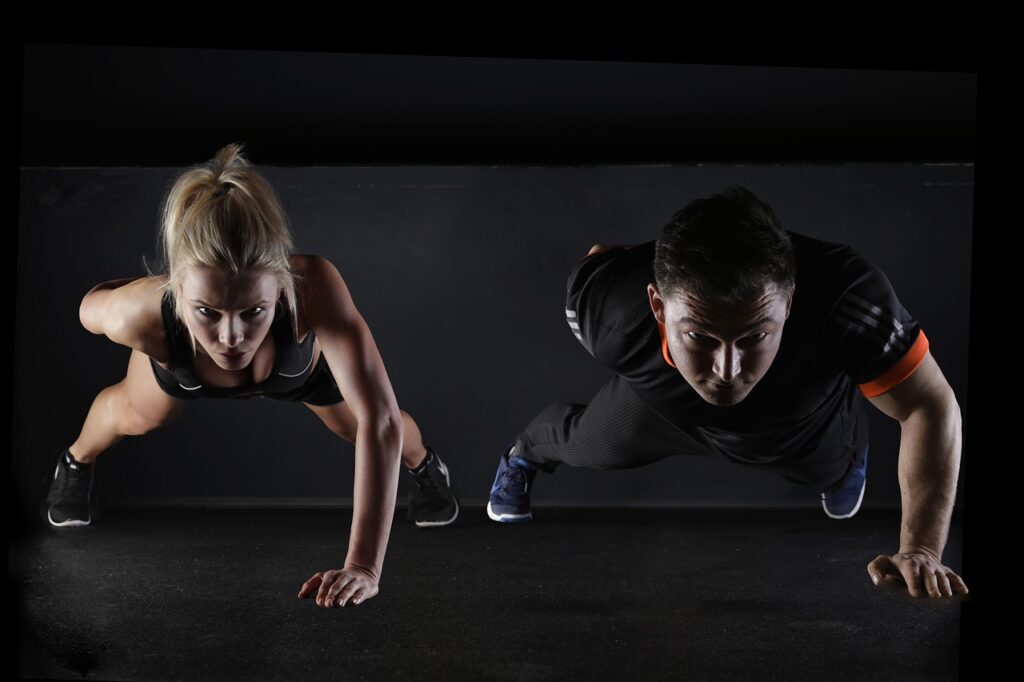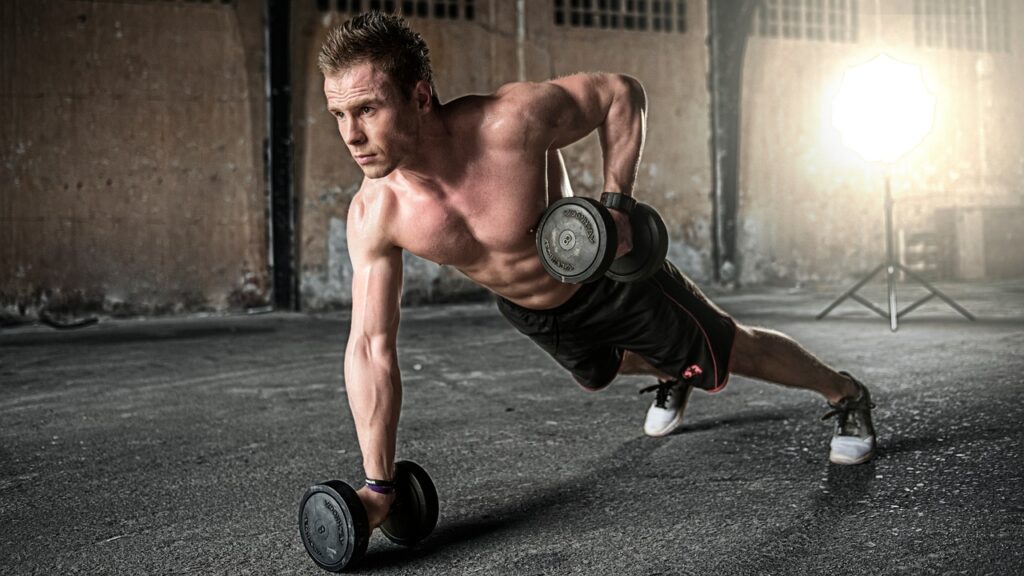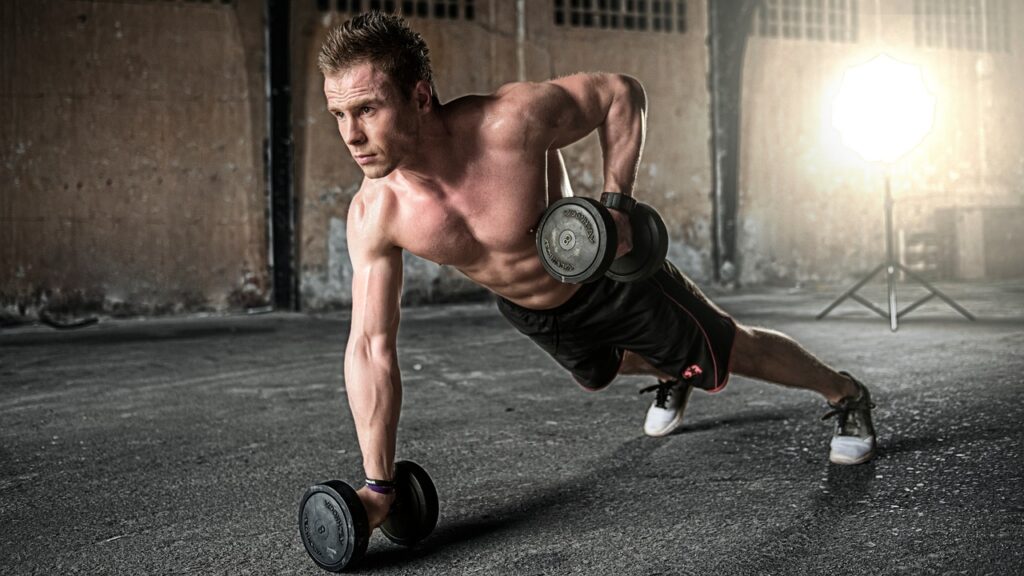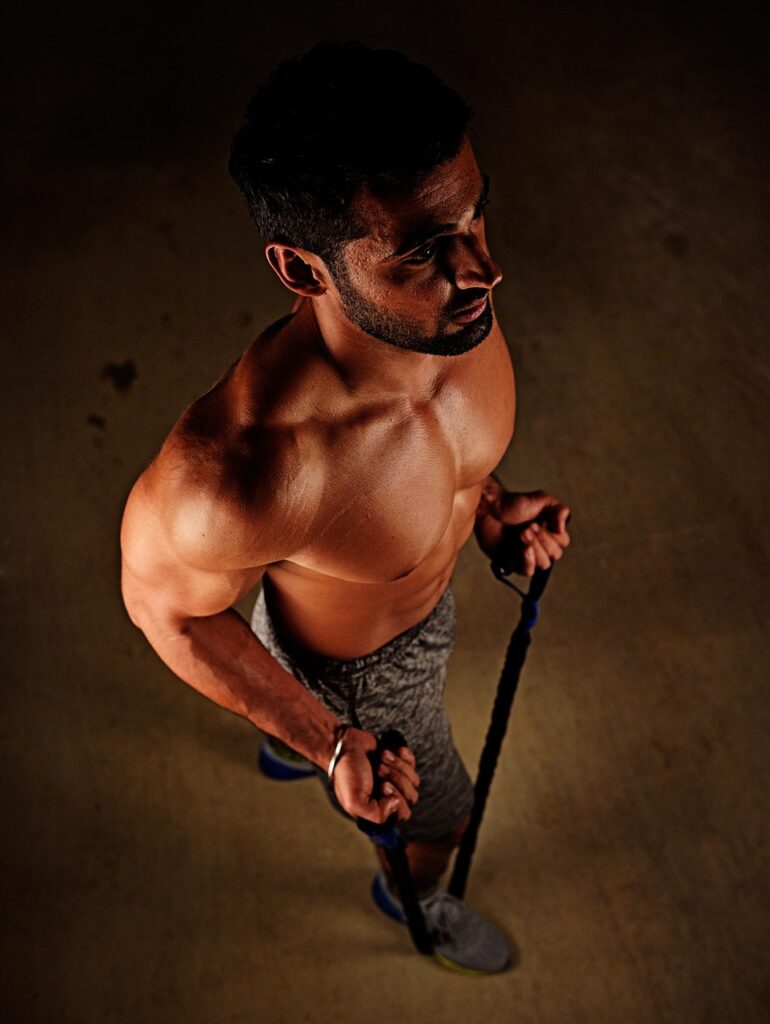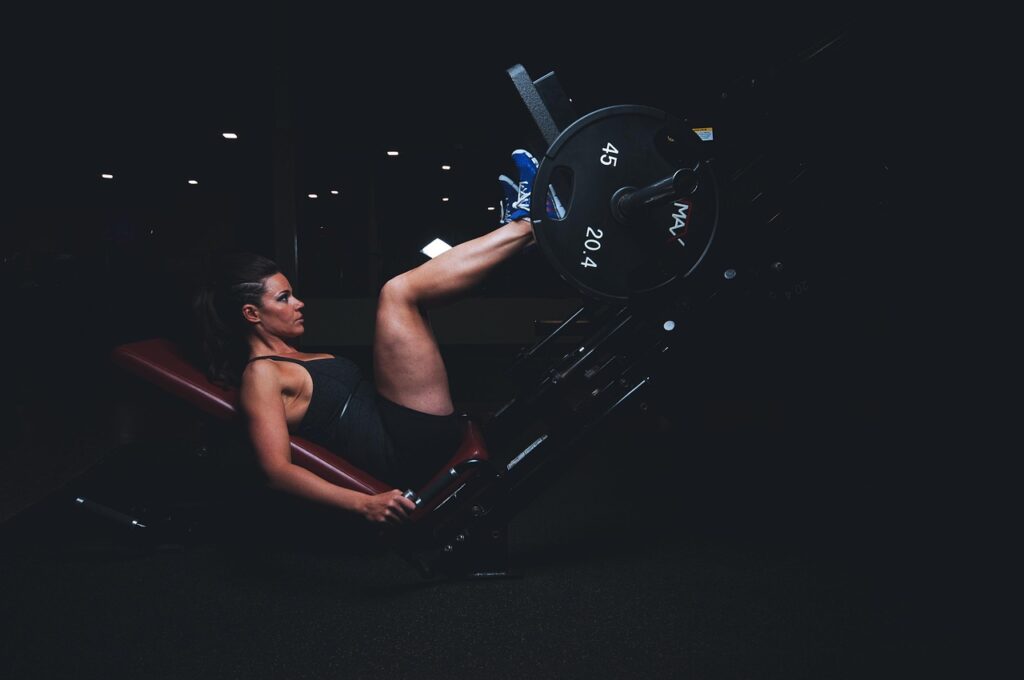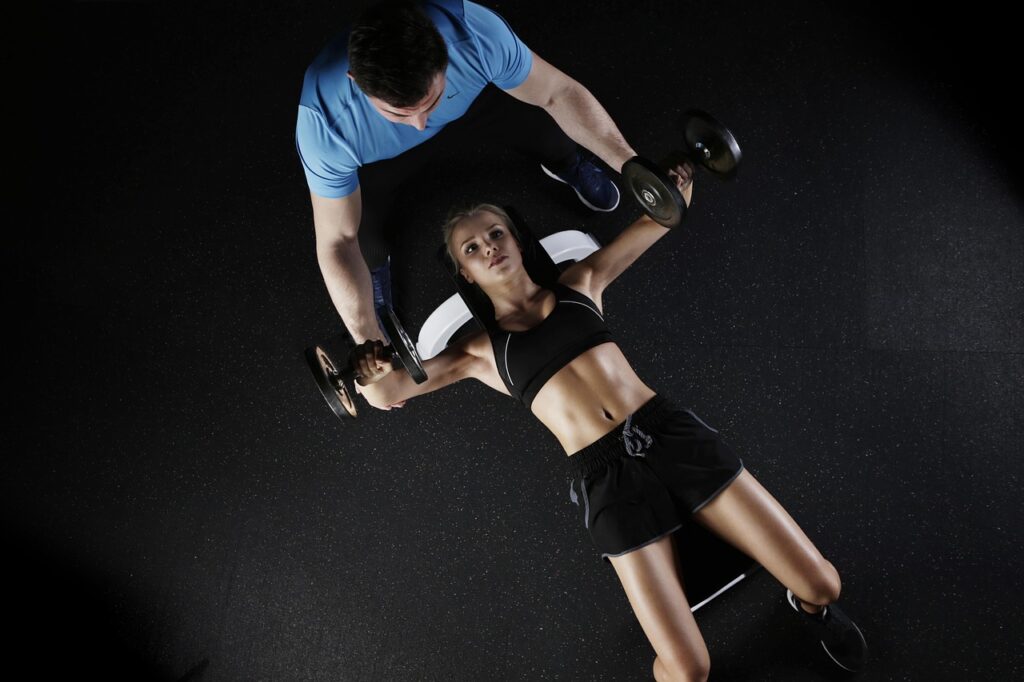The world around us is rapidly being reshaped by artificial intelligence, often without us even realizing it. From the moment we search for information online to the recommendations that pop up on our favorite streaming services, AI is diligently at work. It’s defined as the capability of computational systems to perform tasks typically associated with human intelligence, such as learning, reasoning, problem-solving, perception, and decision-making.
This incredible technology, once relegated to the realm of science fiction, has now filtered into general applications, becoming so useful and common that we often don’t even label it as AI anymore. The goal of AI research is to develop methods and software that enable machines to perceive their environment and use learning and intelligence to take actions that maximize their chances of achieving defined goals. And when it comes to personal health and fitness, these capabilities open up a world of possibilities for truly tailored experiences.
Imagine moving beyond generic workout plans and one-size-fits-all advice. AI offers a pathway to a fitness regimen that is uniquely yours, adapting to your progress, preferences, and even your mood. It promises to make your daily workout routine not just more efficient, but genuinely more effective and engaging. Let’s dive into some of the fundamental ways artificial intelligence is making this personalized fitness future a reality, starting with the core intelligence of machines.
1. **Leveraging Machine Learning for Adaptive Progress**At the heart of any truly personalized workout routine powered by AI lies machine learning, a fundamental part of artificial intelligence from its very inception. Machine learning involves programs that are designed to improve their performance on a given task automatically. It’s the engine that allows your fitness system to get smarter about *you* over time.
Think of your workout data—every rep, set, duration, heart rate reading, or even your subjective feeling of exertion. Machine learning algorithms analyze this continuous stream of information, tirelessly working to find patterns and make predictions. This capability transforms raw numbers into meaningful insights about your progress, your recovery needs, and how your body responds to different types of training.
By continually processing your performance data, the AI system learns what works best for you. It can identify plateaus before you even feel them, or recognize when you’re ready for an increased challenge. This automatic, data-driven improvement means your routine is always evolving, ensuring you’re consistently stimulated and moving towards your fitness goals efficiently and effectively.
Read more about: Beyond the Hype: Experts Debunk 15 Pervasive Myths About Self-Driving Cars, Unpacking the Future of Autonomous Mobility

2. **Utilizing Supervised Learning for Precise Guidance**Supervised learning is a powerful type of machine learning where the AI is trained using data that has already been labeled with the expected answers. This method is incredibly valuable for tasks where accuracy and specific classifications are critical, providing a clear roadmap for the AI to follow in its learning process. It comes in two main forms: classification, where the program predicts what category an input belongs to, and regression, where it deduces a numeric function from numeric input.
In the context of personalizing your workout, supervised learning can be instrumental in providing precise guidance. For instance, imagine a vast database of exercises where each instance of a particular movement is meticulously labeled as “correct form” or “incorrect form,” perhaps even categorized by common errors. An AI trained on this data would learn to classify your live exercise performance, identifying whether your squat depth is sufficient or if your push-up technique needs adjustment.
Furthermore, supervised learning can predict optimal parameters for your training. Based on historical data that links specific workout variables (like weight, reps, and sets) to desired outcomes for individuals with similar profiles, the AI can use regression to suggest the ideal numbers for *your* next session. This means the system can deduce the numeric function that leads to your strength gains or endurance improvements, ensuring you’re always working with the most effective parameters.
Read more about: Beyond the Whistle: 15 In-Depth Looks at the Sports Psychology Ph.D. Fueling Elite Performance and Coaching Excellence
3. **Harnessing Unsupervised Learning for Hidden Insights**While supervised learning relies on labeled data, unsupervised learning operates differently, analyzing streams of unlabelled data to find patterns and make predictions without any explicit guidance. It’s like having a detective constantly searching for hidden clues and relationships within your workout journey, revealing insights you might not have known to look for.
Consider the vast amounts of raw data generated during your daily activities and workouts – how you move, your activity levels outside of structured exercise, your sleep patterns, and even subtle physiological responses. An AI employing unsupervised learning can delve into this complex, unlabelled data to uncover correlations and structures that wouldn’t be apparent through simple observation. It might, for example, identify that you consistently perform better after a certain type of recovery activity, or that a particular combination of exercises leads to unexpected synergistic improvements for your body.
This capability allows your personalized workout routine to adapt to you in profoundly nuanced ways. The AI might group your past workouts into distinct categories based on their impact on your body, even if those categories weren’t predefined. By identifying these latent patterns, unsupervised learning helps fine-tune your routine by revealing your unique physiological responses, helping you optimize elements you hadn’t consciously considered, and ultimately making your fitness journey more insightful and efficient.
4. **Implementing Reinforcement Learning for Dynamic Adaptation**Reinforcement learning introduces a dynamic and adaptive dimension to personalized fitness, mimicking how we often learn through experience and feedback. In this paradigm, an AI “agent” is rewarded for good responses and punished for bad ones, progressively learning to choose actions that are classified as “good” over time. This approach transforms your workout routine into an interactive learning environment where the AI continuously refines its strategies based on your real-time performance.
Imagine an AI acting as your virtual coach, making decisions about your workout parameters and receiving immediate feedback based on your body’s response. If the AI suggests increasing the weight for a lift, and you complete the sets with excellent form and still have a little in the tank, that’s a “good response”—and the AI gets a reward signal. Conversely, if the weight is too heavy, form breaks down, or you can’t complete the reps, that’s a “bad response,” leading to a punishment signal.
Through this continuous cycle of action and feedback, the AI learns the most effective path to your specific goals. It’s not just following a static plan; it’s actively experimenting (within safe bounds), observing your performance, and adjusting on the fly. This means your personalized routine is not only adaptive but also proactive, constantly seeking the optimal challenge level and exercise progression to maximize your gains and prevent plateaus, just like an experienced human coach would, but with data-driven precision.
Read more about: Unpacking the Legacy: 12 Pivotal Chapters in the Illustrious Life of George Washington

5. **Utilizing Deep Learning and Artificial Neural Networks for Advanced Analysis**Deep learning, a highly advanced subset of machine learning, leverages artificial neural networks—interconnected groups of nodes inspired by the human brain—to recognize complex patterns in fresh data. These networks are incredibly powerful, especially when processing intricate and high-dimensional inputs. Deep learning uses multiple layers of neurons between inputs and outputs, allowing it to progressively extract higher-level features from raw data, offering an unparalleled level of detail in understanding your workout performance.
Consider the rich, complex data streams generated during a workout: video footage of your movements, audio recordings of your breathing and exertion, or multimodal sensor data from wearables capturing everything from heart rate variability to muscle activation. Artificial neural networks, particularly convolutional neural networks (CNNs), excel at processing such data. In image processing, for example, CNNs identify simple local patterns like edges and curves in lower layers, then detect more complex patterns like textures, and eventually whole objects in higher layers. This means an AI could analyze your workout video not just for basic form, but for subtle imbalances or inefficiencies that might be precursors to injury.
This capability is transformative for personalized training, providing insights far beyond what traditional methods can offer. Deep learning models can learn to model intricate relationships between inputs and outputs, identifying nuanced patterns in your data that might otherwise go unnoticed. Whether it’s detecting minute deviations in your running gait from camera input or correlating specific physiological markers with peak performance, deep learning ensures that your personalized workout routine is informed by the most comprehensive and detailed analysis possible, allowing for truly precise adjustments and recommendations.
Read more about: The AI Revolution: Can This New Technology Finally Conquer Movie Piracy’s Evolving Threat?
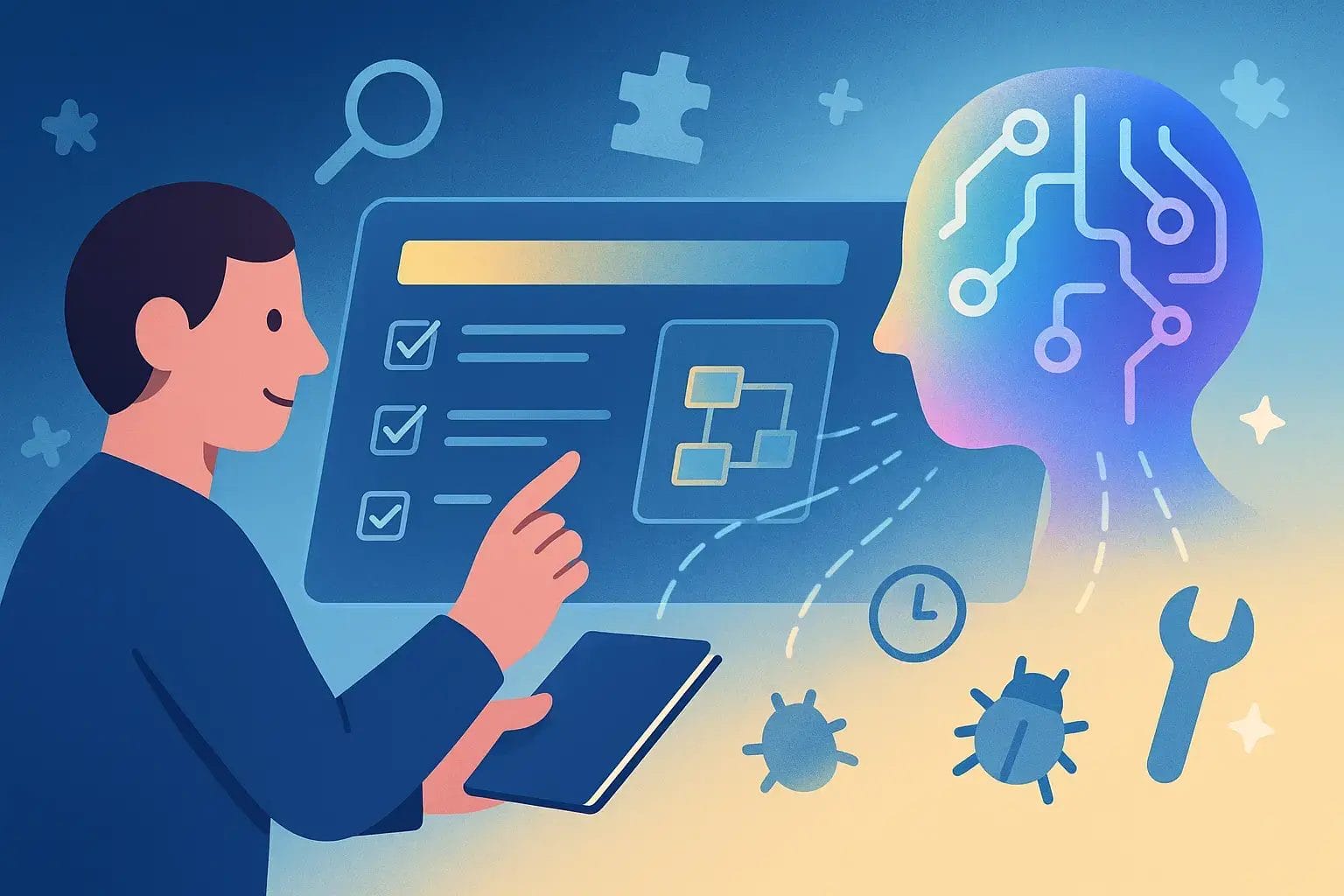
6. **Implementing Natural Language Processing for Intuitive Interaction**Natural language processing (NLP) is the branch of AI that empowers computational systems to read, write, and communicate in human languages. This capability is absolutely crucial for making personalized AI fitness tools intuitive and accessible, moving beyond button clicks to genuine, human-like interaction. Specific problems NLP addresses include speech recognition, speech synthesis, information extraction, and question answering.
Imagine simply speaking to your fitness companion, telling it, “I feel tired today, suggest a lighter full-body workout,” or “My left knee feels a bit off, can you adapt my leg day?” NLP, especially with modern deep learning techniques like word embedding and transformer architectures (such as GPT language models), allows the AI to understand the semantic meaning behind your natural language input. It can process your request, extract key information like your energy levels or specific pain points, and then generate a workout plan that truly adapts to your current state.
This means the AI can act as a conversational coach, capable of understanding your spoken feedback, answering your questions about exercises, and even generating motivational messages or detailed instructions in a natural, coherent way. The ability to communicate with your workout system as effortlessly as you would with a human trainer makes the personalization feel genuinely responsive and deeply integrated into your daily life, transforming a generic digital assistant into a truly intelligent and understanding fitness partner.
Read more about: Unpacking the AI Revolution: 15 Must-Know Facts About ChatGPT’s Evolution and Impact
7. **Employing Perception and Computer Vision for Real-Time Feedback**Machine perception is the ability of AI to use input from sensors – such as cameras and microphones – to deduce aspects of the real world. A critical component of this is computer vision, which specifically enables AI to analyze visual input. For personalizing your daily workout routine, this means your AI system can literally “see” and interpret your physical performance, offering unparalleled real-time feedback and correction.
Consider placing your smartphone or a dedicated camera in view during your workout. Computer vision algorithms can then meticulously track your movements, identifying key body landmarks and analyzing your exercise form. This isn’t just about counting repetitions; it extends to evaluating your range of motion, detecting imbalances, or even assessing the speed and control of your movements. The field includes capabilities like image classification, object recognition, and object tracking, all of which come into play.
For example, an AI could use computer vision to recognize the specific exercise you’re performing, track your repetitions accurately, and instantly identify if your posture is compromised during a deadlift. This real-time visual analysis translates into immediate, actionable feedback, guiding you to correct your form on the spot. By actively perceiving your performance, AI ensures that every repetition is executed safely and effectively, minimizing the risk of injury while maximizing the benefit of each exercise, providing a truly intelligent and watchful eye over your training.
Ready to push your fitness journey into uncharted territory? Building on the foundational AI capabilities we’ve already explored, the next level of personalization involves dynamic planning, intelligent recommendations, and a truly conversational interface. These advanced applications move beyond simply analyzing data to actively shaping your routine in real-time, making your daily workout experience incredibly adaptive and deeply tailored to you. Let’s delve into how AI delivers these sophisticated features.
Read more about: Beyond the Human Touch: 15 Groundbreaking Elements Shaping AI-Powered Movie Soundtracks
8. **Orchestrating Dynamic Workout Plans with AI Agents**Just as a seasoned human coach would adjust your plan on the fly, AI agents bring this dynamic capability to your digital fitness regimen. These software entities are designed to perceive your environment, make intelligent decisions, and take autonomous actions to help you achieve specific goals. Think of them as your hyper-responsive personal trainer, constantly optimizing your path to success.
In the world of automated planning, your AI agent has a clear goal – whether it’s gaining strength, improving endurance, or enhancing flexibility. It evaluates your current situation, including your progress, available equipment, and even your energy levels, to craft the most effective next steps. This isn’t a static blueprint; it’s a living plan that evolves with you.
What makes this particularly powerful is how the AI handles uncertainty. Real-world workouts aren’t always predictable. You might have an unexpected muscle ache, or a piece of equipment might be unavailable. The AI agent can make probabilistic guesses about what actions will yield the best outcomes, then reassess the situation to see if its chosen action worked. This continuous loop of decision-making and re-evaluation ensures your workout remains optimal, even when faced with unforeseen challenges.
This sophisticated planning often utilizes models like Markov decision processes, which describe the probability of an action changing your state in a particular way and assign a utility to each state. The AI learns a ‘policy’ – a decision associated with each possible state – which can be calculated, based on heuristics, or learned through experience. This means your workout routine isn’t just personalized; it’s proactively optimized for your maximum benefit.
9. **Delivering Intelligent Exercise Recommendations**Moving beyond generalized suggestions, AI excels at providing recommendations that truly resonate with your individual needs and preferences. You’ve likely encountered recommendation systems on platforms like YouTube, Amazon, or Netflix, where algorithms suggest content based on your past behavior and preferences. The same powerful logic can be applied to your fitness journey, curating the perfect exercises for you.
At its core, this involves AI classifying data and using statistical learning methods to find the closest match for your profile and goals. Imagine a vast dataset of exercises, each tagged with its benefits, difficulty, and muscle groups targeted. Based on your past performance, identified weaknesses, desired outcomes, and even your stated preferences, the AI can act as a highly refined classifier.
When you’re looking for a workout, the AI takes your input—perhaps you want to focus on upper body strength or need a low-impact cardio session—and combines it with its deep understanding of your historical data. It then uses pattern matching to sift through thousands of options and present you with exercises and routines that are most likely to be effective and enjoyable for *you*.
This personalized recommendation engine goes beyond simple filtering. It can identify patterns you might not even be aware of, suggesting alternative exercises that target similar muscle groups more effectively for your body type, or proposing complementary movements that enhance your overall fitness. It ensures every sweat session is not just productive but also keeps you engaged with fresh, relevant challenges.
Read more about: Beyond the Basics: 13 Scientifically-Backed Supplements Professional Athletes Swear By for Next-Level Recovery and Performance
10. **Building Comprehensive Fitness Profiles with Knowledge Representation**For AI to truly personalize your workout, it needs to understand you holistically. This is where knowledge representation becomes invaluable. It’s the AI’s ability to structure and store information about your fitness journey, creating a dynamic ‘knowledge base’ that underpins all its intelligent decisions. This isn’t just raw data; it’s data organized with meaning and relationships.
Imagine your fitness profile as an elaborate ontology, a detailed map of concepts within your personal health domain. This includes objects like ‘dumbbell’ or ‘treadmill,’ properties such as ‘weight’ or ‘incline,’ categories like ‘strength training’ or ‘cardio,’ and relations between them—for example, ‘deadlift uses barbell’ or ‘running improves cardiovascular health.’ The AI represents your goals, preferences, medical history, and even your emotional state as interconnected pieces of knowledge.
This comprehensive knowledge base allows the AI program to answer questions intelligently and make deductions about your real-world facts. If you tell it you have a shoulder injury, the knowledge representation system ensures it understands the implications of this for all upper-body exercises, making appropriate modifications across your entire plan. It considers situations, events, states, and time—like how your performance changes after a specific type of recovery or over different periods.
The AI also manages default reasoning, understanding what’s generally true about fitness until told otherwise, and updating its knowledge as you provide new information. This intelligent storage and retrieval of information enable the AI to make highly contextual and informed decisions, ensuring your workout plan is not just personalized but also safe, progressive, and truly tailored to your evolving needs.
11. **Empowering Conversational Guidance for an Adaptive Journey**What if your fitness assistant could understand your mood, answer your questions, and adapt your workout simply by listening to your voice? Thanks to Natural Language Processing (NLP), this is no longer science fiction. NLP is the branch of AI that allows computational systems to read, write, and communicate in human languages, transforming your interaction with technology into a seamless dialogue.
Imagine starting your day by saying, “Alexa, I want a quick, energizing workout because I’m feeling a bit sluggish.” The NLP system, utilizing advanced techniques like word embedding and transformer architectures, can comprehend the semantic meaning behind your casual statement. It processes ‘quick,’ ‘energizing,’ and ‘sluggish’ to infer your current state and desired outcome, then instantly suggests a suitable routine.
This capability extends to real-time coaching during your workout. You could ask, “How do I properly do a plank?” and the AI would provide clear, step-by-step instructions. If you say, “My form feels off on this squat,” the system can cross-reference with its computer vision data (if available) or previous knowledge of your typical form and offer verbal corrections or encouragement.
Moreover, conversational AI can provide motivational messages, explain the ‘why’ behind certain exercises, or help you track progress simply through spoken commands. It makes your personalized workout routine not just adaptive, but genuinely interactive, fostering a more engaging and human-like coaching experience without the need for constant screen interaction or manual data entry.

12. **Predicting Performance and Preventing Injuries with Predictive Analytics**One of the most powerful aspects of advanced AI in fitness is its ability to look into the future. By harnessing the insights derived from machine learning—both supervised and unsupervised—and probabilistic methods, AI can move beyond reactive adjustments to proactive prediction. It can anticipate your performance, identify potential risks, and help you course-correct before problems even arise.
Think about injury prevention. An AI system, continuously analyzing your historical movement patterns, recovery metrics, and reported discomfort, can flag subtle deviations that might indicate an increased risk of injury. It learns the intricate relationships between various physiological markers and potential strain. This isn’t just about avoiding existing pain; it’s about predicting where strain might occur given your current training load or a slight change in your biomechanics.
Similarly, predictive analytics can forecast your performance trajectory. Based on your training consistency, nutritional intake (if tracked), sleep quality, and genetic predispositions, the AI can offer a highly informed estimate of when you might hit a new personal best or when you’re likely to experience a plateau. This allows for strategic adjustments to your plan, ensuring you’re always progressing efficiently.
This capability relies heavily on sophisticated statistical models, including dynamic decision networks, which analyze processes that occur over time. The AI can filter through streams of data, make predictions about future states, smooth out noisy data, and find explanations for patterns. By turning vast amounts of data into actionable foresight, your AI fitness companion becomes an invaluable tool for sustained progress and long-term health, ensuring every workout is not just effective but also safe.
Read more about: Beyond Instinct: 14 Cutting-Edge Ways Pro Athletes Engineer Victory Through Data Analytics
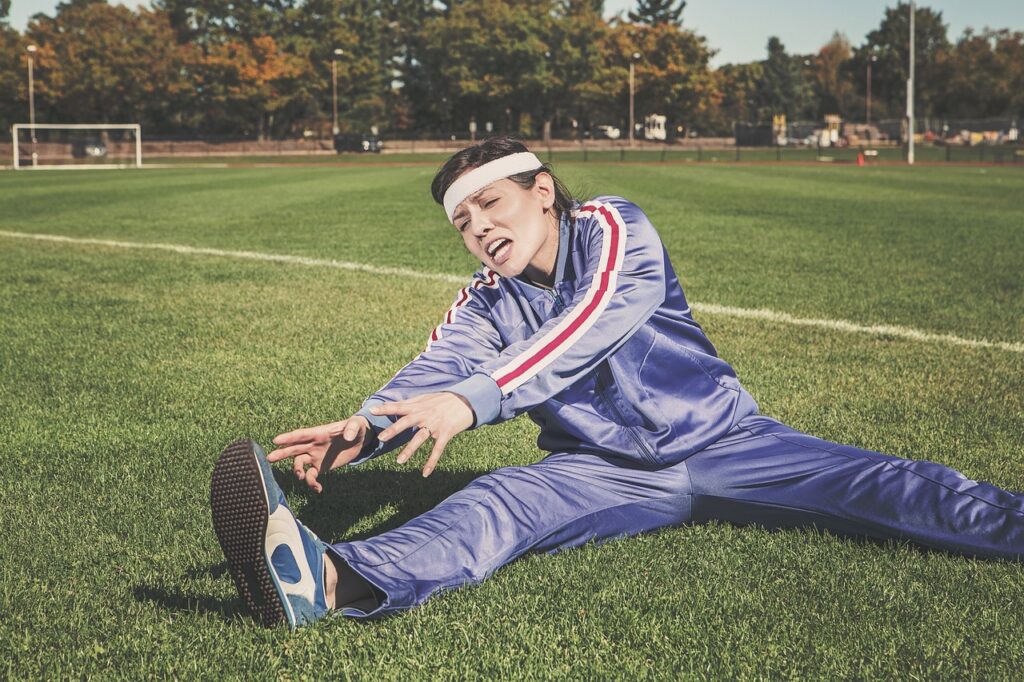
13. **Integrating Affective Computing for Emotional and Motivational Support**Fitness is as much a mental game as it is a physical one. An often-overlooked but crucial aspect of true personalization is understanding the user’s emotional state. This is where affective computing, a field comprising systems that recognize, interpret, process, or simulate human feeling, emotion, and mood, comes into play, adding a layer of social intelligence to your AI coach.
Imagine an AI that picks up on subtle cues in your voice or text input – perhaps you sound less enthusiastic than usual, or you’ve typed words like ‘drained’ or ‘unmotivated.’ Using techniques like textual and multimodal sentiment analysis, the AI can classify the emotions you’re displaying. Instead of pushing you through a pre-programmed high-intensity workout, it might suggest a restorative yoga session or a brisk walk, accompanied by an encouraging message tailored to your mood.
This doesn’t mean the AI ‘feels’ emotions, but it can appear more sensitive to the emotional dynamics of human interaction. By understanding your general disposition, the AI can adjust its communication style, offer more empathetic responses, or provide timely motivational boosts. If it detects frustration, it might break down a complex exercise into simpler steps or remind you of your progress so far.
Ultimately, integrating affective computing allows your AI fitness assistant to offer a level of understanding and support that makes the personalization feel deeply human. It transforms a functional tool into a genuinely understanding partner, optimizing not just your physical output but also your mental well-being, fostering a more positive and sustainable relationship with your daily workout routine.
From understanding your deepest movements to anticipating your next breakthrough and even sensing your mood, AI is redefining what a personalized workout truly means. It’s no longer about following a generic plan; it’s about engaging with an intelligent system that learns, adapts, and evolves with you, making every single step of your fitness journey uniquely yours. The future of fitness is here, and it’s smarter, more responsive, and more empowering than ever before.



